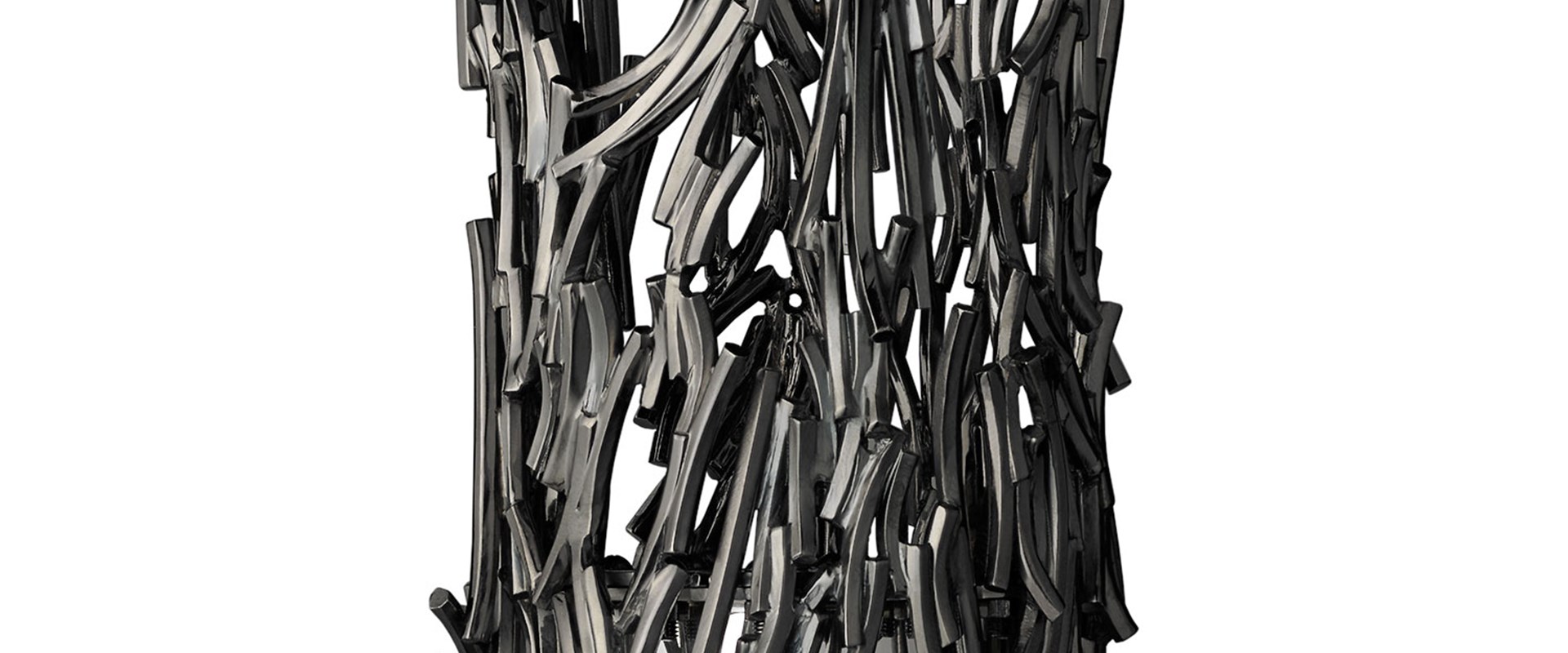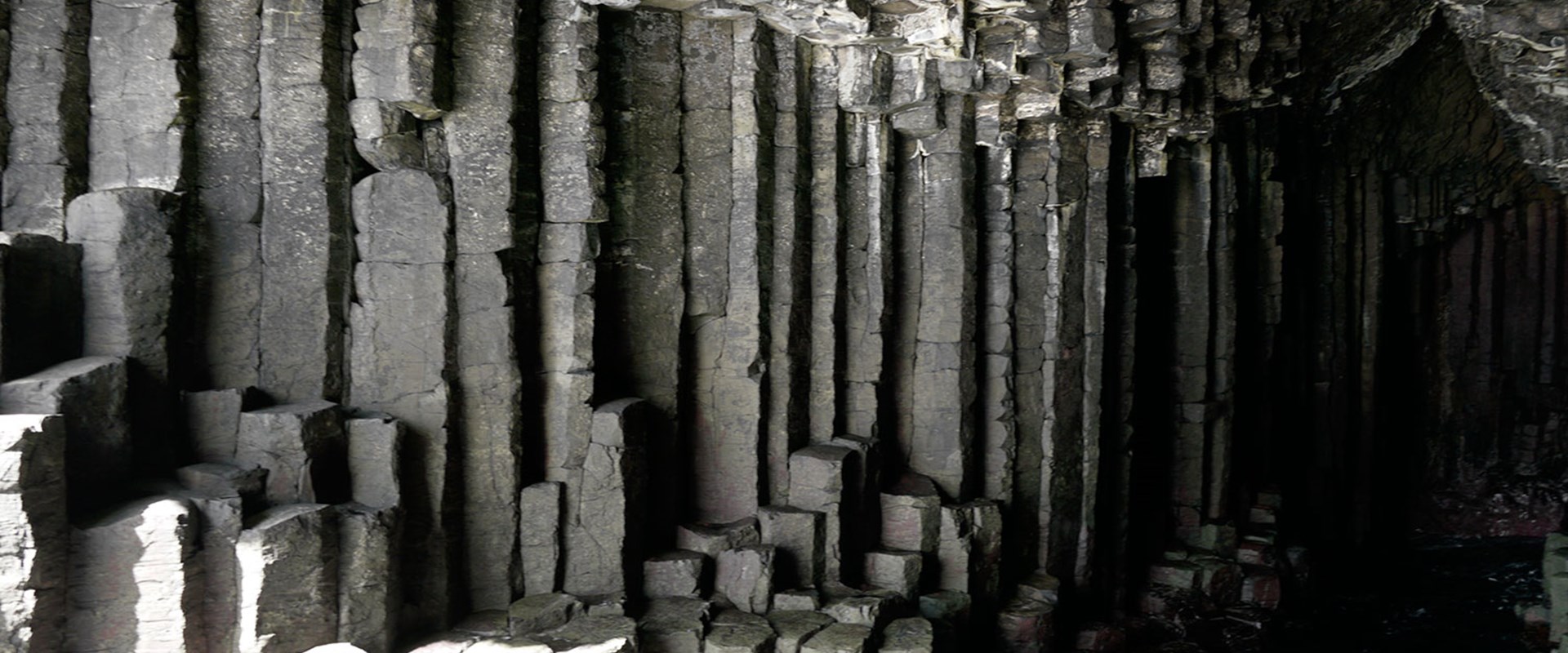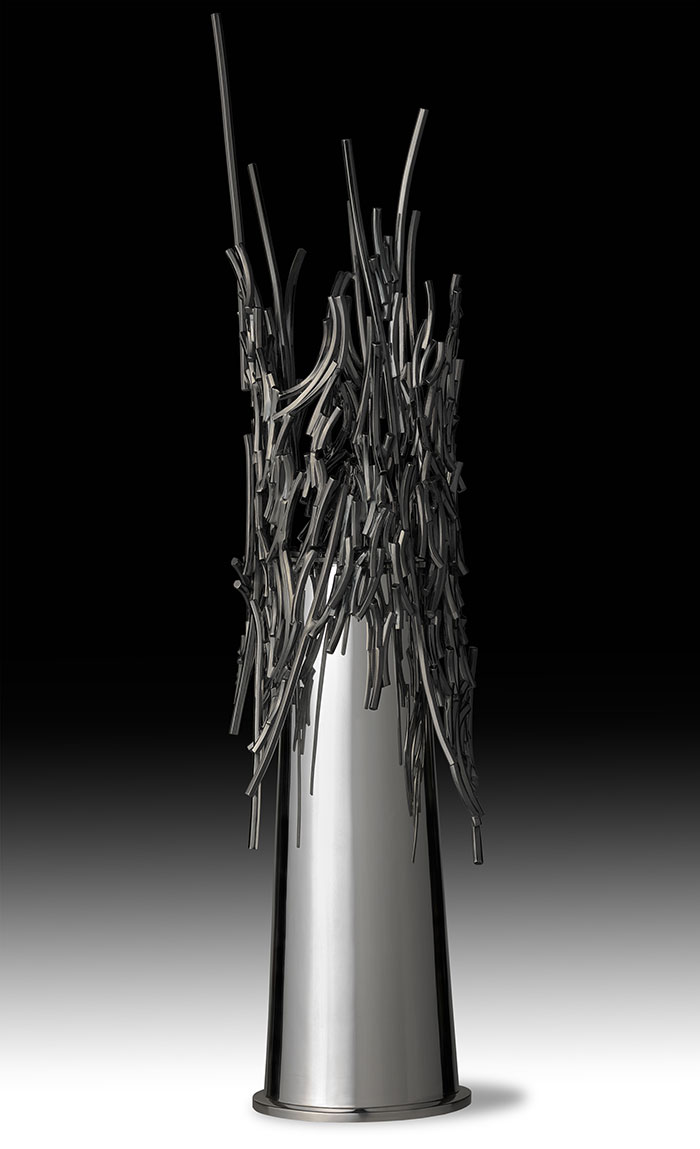Key in a search term below to search our website.
Key in a search term below to search our website.

This beautiful piece was commissioned from Scottish silversmith Hamish Dobbie by the P&O Makower Trust for the Making and Creating gallery. A Glasgow School of Art graduate, Dobbie is one of a new generation of makers who combine traditional hand skills with innovative technologies.
Date
2016
Made by
Hamish Dobbie
Made from
Silver
Made in
Glasgow
Dimensions
Height 45cm
Museum reference
IL.2015.61
On display
Making and Creating, Level 3, National Museum of Scotland
Did you know?
The design of the vase is inspired by rock formations found off Fingal's Cave on the Isle of Staffa.
Scottish silversmith Hamish Dobbie graduated from the Glasgow School of Art in 2013 with a BA (Hons) in Silversmithing and Jewellery Design. Since then he has exhibited his work across the UK and internationally. In 2015, he became the first recipient of the P&O Makower Trust award to create a piece of silver for National Museums of Scotland. The piece, simply titled Vase, now takes pride of place in the Making and Creating gallery, which celebrates innovation in contemporary decorative art.

Above: Hamish Dobbie © David Whitelaw Photography

Natural rock formations, Fingal’s Cave, Isle of Staffa © Hamish Dobbie
Dobbie first created a series of sketches, models and 3D rendered designs to visualise how the piece would look.
The smaller elements of the piece were created using 3D printing. These were used to make a mould, and the pieces were then cast in wax, so that Dobbie could experiment with different configurations.
The silver components were made using traditional lost wax casting. These pieces were then hand-soldered onto hexagonal profile wire to create the crown of the vessel. The crown was then plated with Black Rhodium to create the darkened effect.
The main body of the vessel is made from a rolled silver sheet which was forged and then planished – this is a process which involves finely shaping the piece into a tapering cone and then smoothing the surface, before the foot is soldered into place.
The film below traces the development of the commission.
The resulting work, simply titled Vase, has distinctive flowing hexagonal columns that are a signature of Dobbie's work. Traditional hand skills as well as digital technology were employed in combination throughout the creation of the piece. The interweaving and flowing hexagonal forms would not be able to be achieved to the same effect without digital technology.

The P&O Makower Trust has been supporting emerging silversmiths since 1974, with collections from the Trust’s commissions on display at the Victoria and Albert Museum (London), National Museum Wales (Cardiff), and our own National Museums Scotland here in Edinburgh. With over forty commissions being made, this remarkable Trust is responsible for helping introduce a wider audience to this age-old craft and placing some of the most renowned names within the craft into Museums at the very start of their careers.